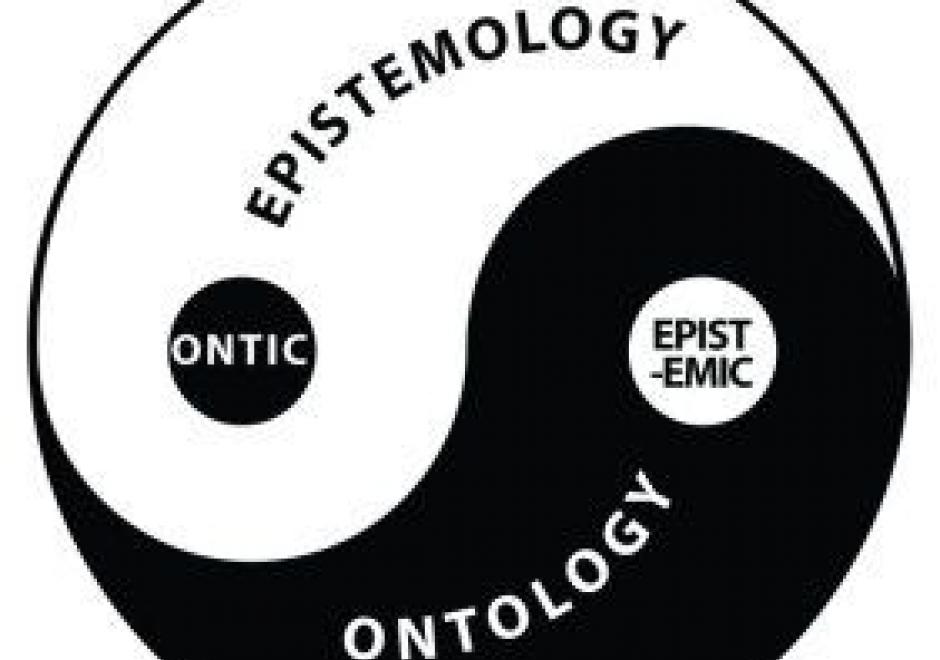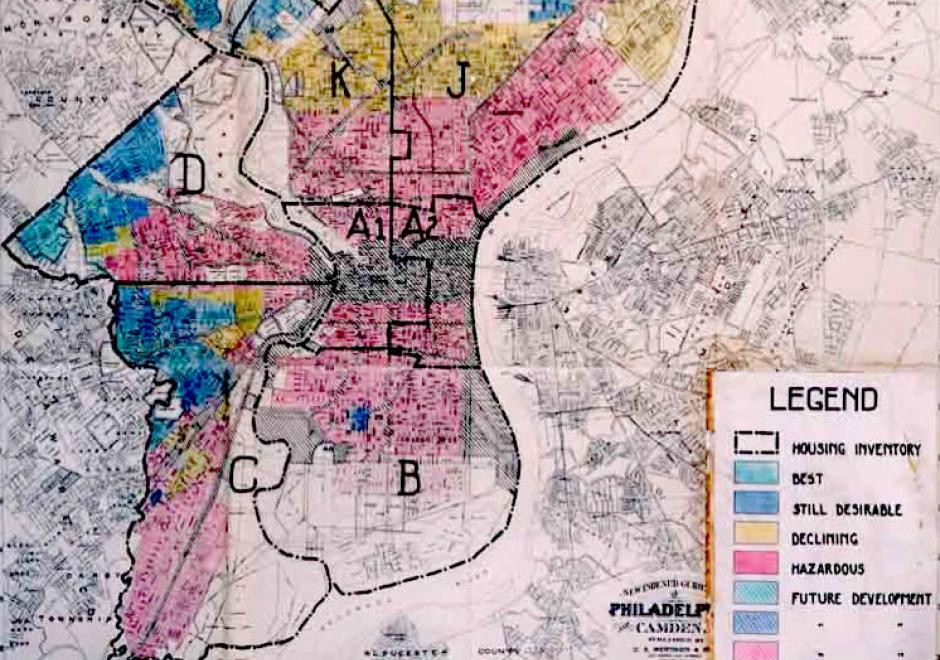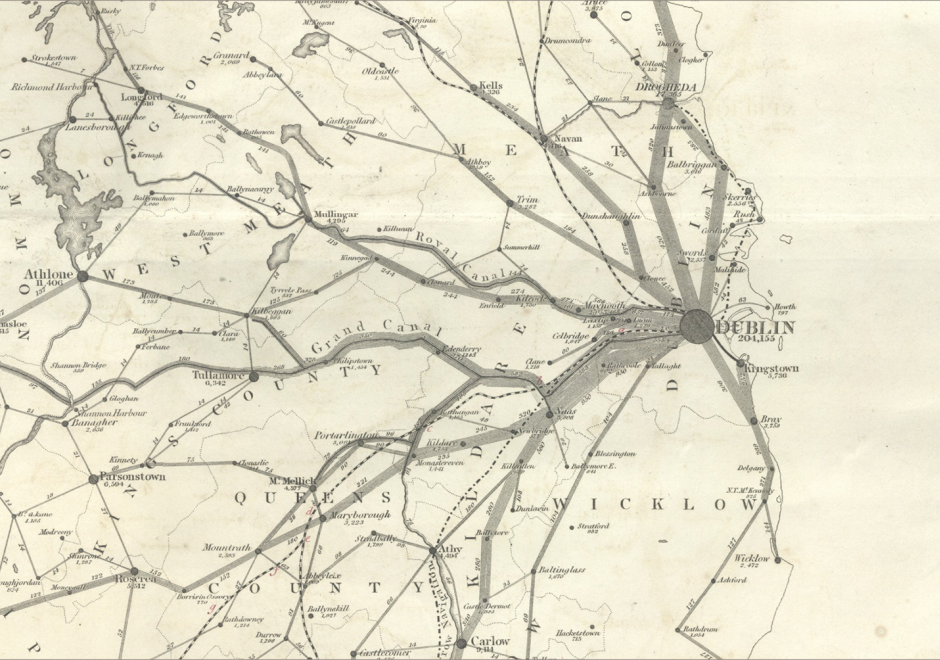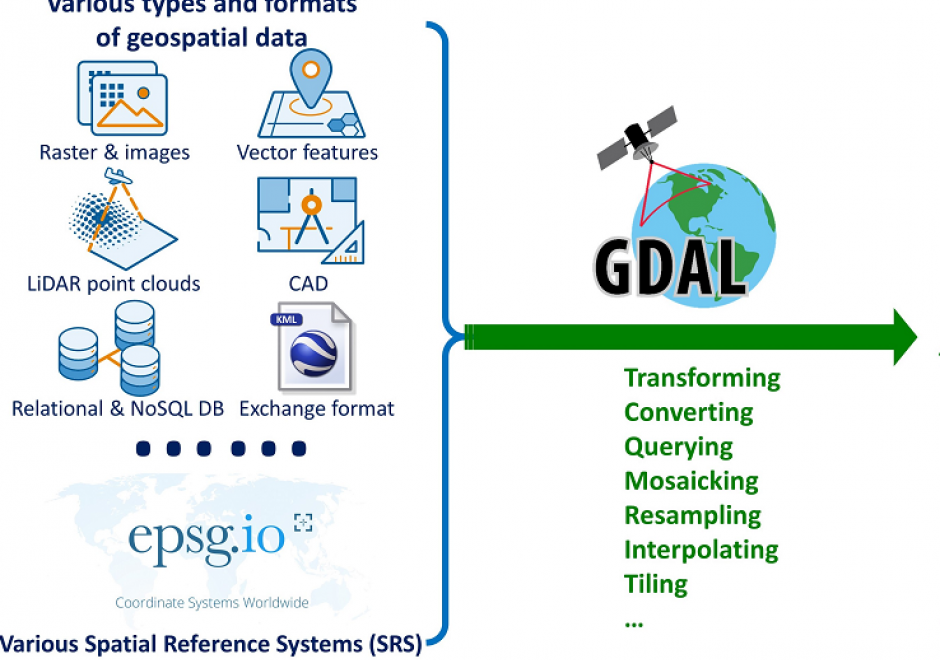DM-20 - Entity-based Models

As we translate real world phenomena into data structures that we can store in a computer, we must determine the most appropriate spatial representation and how it relates to the characteristics of such a phenomenon. All spatial representations are derivatives of graph theory and should therefore be described in such terms. This then helps to understand the principles of low-level GIS operations. A constraint-driven approach allows the reader to evaluate implementations of the geo-relational principle in terms of the hierarchical level of mathematical space adopted.









CP-29 - Enterprise GIS
Enterprise GIS is the implementation of GIS infrastructure, processes and tools at scale within the context of an organization, shaped by the prevailing information technology patterns of the day. It can be framed as an infrastructure enabling a set of capabilities, and a process for establishing and maintaining that infrastructure. Enterprise GIS facilitates the storage, sharing and dissemination of geospatial information products (data, maps, apps) within an organization and beyond. Enterprise GIS is integrated into, and shaped by the business processes, culture and context of an organization. Enterprise GIS implementations require general-purpose IT knowledge in the areas of performance tuning, information security, maintenance, interoperability, and data governance. The specific enabling technologies of Enterprise GIS will change with time, but currently the prevailing pattern is a multi-tiered services-oriented architecture supporting delivery of GIS capabilities on the web, democratizing access to and use of geospatial information products.